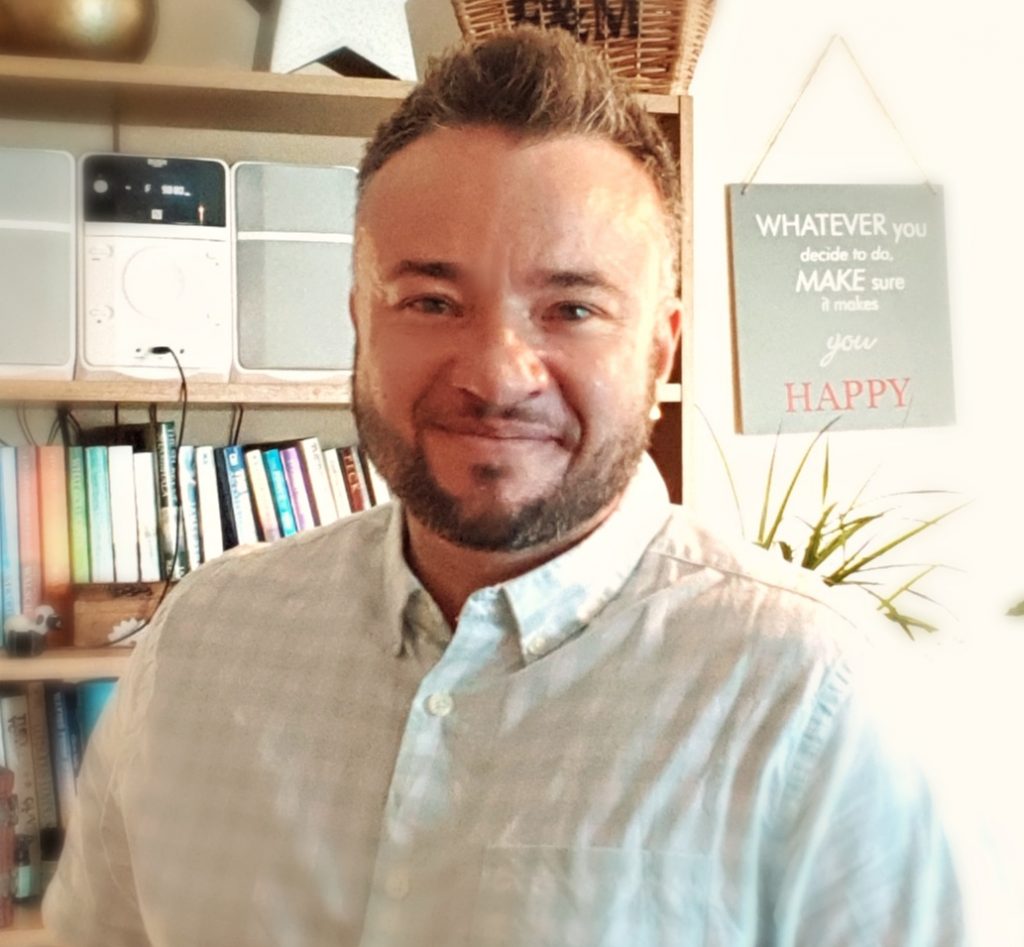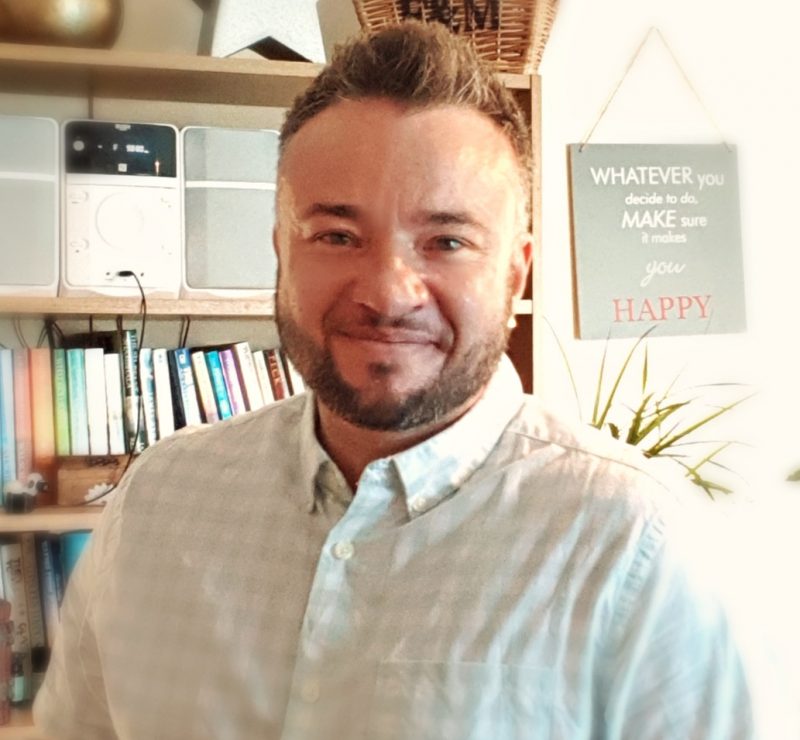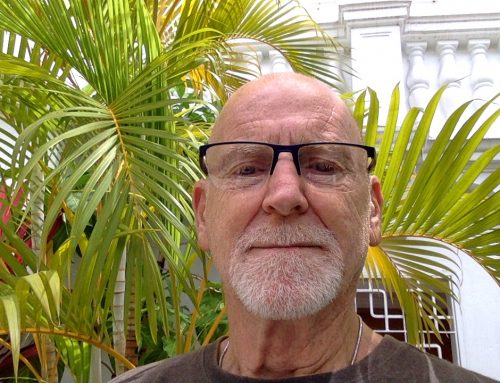There is so much stigma and misinformation around the topic of self-harm, commonly, it’s associated with young female teens and often seen as a trend or as a way to get attention. Let me tell you that if someone is hurting their self; they need your attention. Nobody hurts themselves without reason. That person with the cuts along their forearm? They are in enormous amounts of pain, and I do not mean from the cuts.
Self-harm is not about age or gender, and neither is it a fashion statement. It’s an extreme reaction to unbearable circumstances, when life becomes so impossibly painful, that the only way to survive is to harm yourself.
I was thirty-five years of age when I began to self-harm by cutting. My teenage years were a distant memory, and although at the time I was assigned female, I was in fact male. My being transgender turned out to be the root of most of my mental health issues, although I had not yet made that discovery.
Having struggled with depression and anxiety since I was a young child, in 2007, it all came to a head. My anxiety levels by this point were so severe that it was like living with entire body tinnitus. My body constantly buzzed with fear and adrenaline, like an internal scream which made it impossible to think, to hear or to breathe. I had used drink to dull this intense pain, but it was no longer working as well as it once had.
One afternoon, as I paced in my room, desperately trying to distract myself from the nameless panic, I found a craft knife in a drawer. I’m not sure why, perhaps because I was again dancing with the idea the killing myself would be the better option, but I lightly ran the blade across the top of my wrist. The feeling was surprisingly calming. The sharp burning of my skin where I had cut, focused my awareness onto that one point. The focused area allowed me to get out of my body and out of that pain and just exist in that small burning area.
Self-harming became a habit; it became my white-noise, which would cancel out my body tinnitus. Cutting gave me routine and relief and more importantly, an anchor to the world which I obsessed with leaving. I was able to bare a few hours of anxiety, knowing I could finally get home later and cut for some relief.
Unfortunately, as with any unhealthy addiction, I was having to self-harm more frequently and more severely to get the same effect. One day, I cut too deeply, and the blood began to flow at a terrifying rate. I was home alone, and I knew I had to get help. I called 999, and I was quite embarrassed because the bleeding had stopped by the time they got there.
Although this had frightened me, something else had also happened. The severity of the injury had taken me out of my body completely, and the concentration it took to patch myself up meant that for that time, I wasn’t anxious at all. Knowing that I could bleed that severely but be OK, I wanted to do this again.
A few days later, I repeated what I had done, cutting deeply and nicking a vein. This time, when the blood flowed quickly, I didn’t panic because I knew I could make the bleeding stop. Instead, I let the blood flow for a while, as if getting myself as close to suicide as I could, to alleviate the urge to die. Although I stopped the bleeding, the cut was very deep, so I bandaged myself up and walked to the hospital.
This extreme form of cutting became my new regular coping mechanism. I became well practised at knowing how deep I could cut to get the desired effect of a lot of blood, without needing to call the emergency services. Most times, I patched myself up at home, but often, skin closure strips wouldn’t hold a wound together. Before I began recovery, on average, I was going to the hospital about four times a week for stitches.
Unsurprisingly, my mental health was not improving. In the summer of 2008, I was referred to a therapeutic community and with their help, began to address my self-harming. However, it wasn’t until I started my addiction recovery with Alcoholics Anonymous in 2010 that I successfully managed to get on top of it. It was in recovery, with a sober head, that I realised the root of my anxiety and low mood were due to gender dysphoria. Finding reasons and a possible solution, in beginning gender transition, helped me to fight the urge to self-harm more easily. For the first time, I had hope, a future where there may be a way to end the pain.
In the eight years since then, I have managed to not act on any of my urges to self-harm. However, recovery is always ongoing and only ever exists in the current moment in time. The one day at a time approach is how I get through everything and stay sober and self-harm free. Every day I must be mindful, every time a distressing event happens, I must step up my recovery game to not relapse into any one of my damaging coping behaviours.
I have recently been reminded of the fragile nature of recovery on the passing of my Mum. Since mum died three weeks ago, I have struggled with self-harm thoughts and mild scratching behaviour, and it’s the most intense its been in my eight years of recovery. I am 45 years old now and most definitely male, so no, self-harm is not limited to young female teens, it happens to anyone, of any age, and at any time.
I wear my scars with pride now. Every white line is a mark of strength and survival, a reminder of what I have overcome and a reminder of my power to deal with whatever life throws my way.

Finlay Games is the founder of The Recovery Writer and the host of Finntheinfinncible. He is a Freelance Blogger, Youtuber, Writer and Speaker, sharing first-hand experience and practical advice about addiction, mental illness and gender dysphoria. Speaking from the perspective of a transgender, gay man, Finlay shares passionately about building a life in recovery as one’s authentic self.








I am so glad you can talk about this as it will hep so many people . I don’t self harm I have tattooes x fin you are an inspiration. I love how open you are about thing and how it helps others . You can only get stronger and stronger . I’m so proud of you sir xxx
Never doubt that you are strong because you are. I face the same addiction and some days I lose my battles. It’s seeing other’s strength that helps other addicts to keep moving forward despite that harsh pull backwards. Thank you.